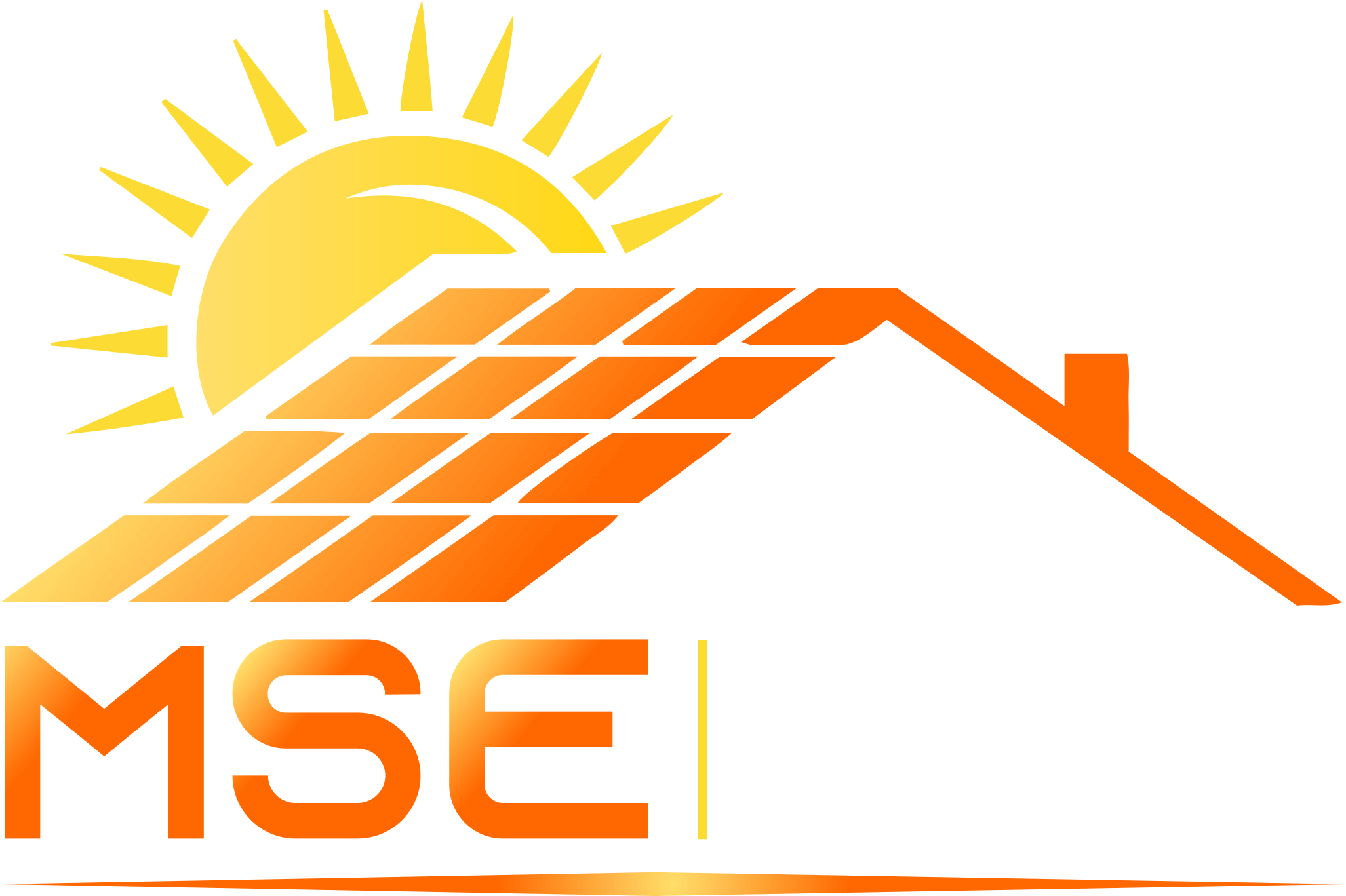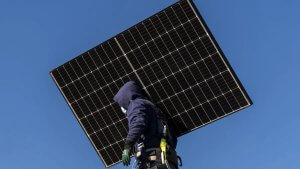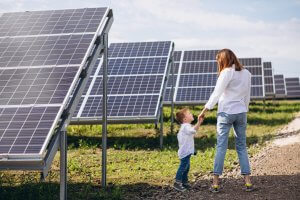
When exploring solar panels for your home, it’s important to have a solid understanding of solar panels. In this post, we’ll walk you through everything you need to know about solar panels, from how they work to how many you’ll need to power your home.
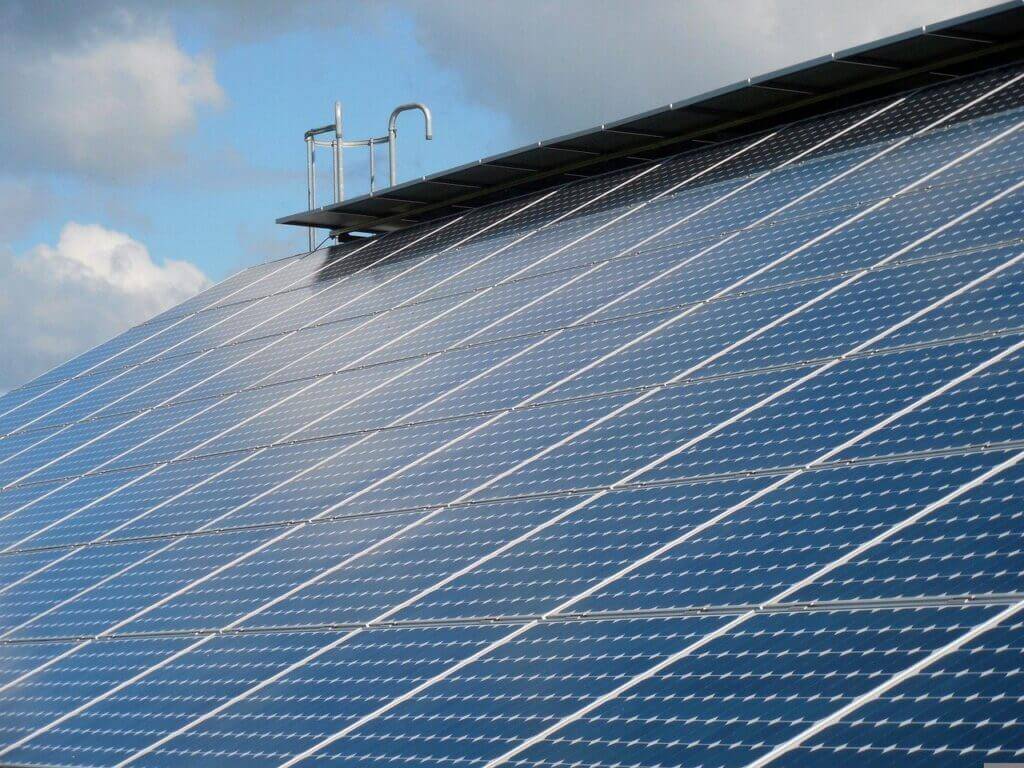
THE BEST DIRECTION FOR SOLAR PANELS
The direction of solar panels is significant to capture maximum sunlight, and therefore produce more energy. Because of this, some big solar farms are able to track the movement of the sun and adjust the direction or angle daily. For residential systems, however, this is often too expensive to be put in place. Most residential solar systems have a fixed position.. What is the best direction and an ideal angle for your system? In general, facing toward the equator will produce the most electricity over the course of a day. That should be your default choice. If you live in the United States, then you should point the panels to the south (geographic south, also called true south, not magnetic south). Often, west- and east-facing solar panels are almost as effective. Especially when you are aiming for self-consumption and not feeding the electric power to the public grid. Please feel free to call us If you have any questions about solar panel direction. (703)-851-5853 or contact us on our website.
a few key components to solar panels that you should know about.
Solar panels are typically made of photovoltaic cells, which are usually constructed with crystalline silicon cells. Solar panels are sometimes made with copper indium gallium diselenide (CIGS) or cadmium telluride (CdTe). These thin film panels can be flexible but are more costly to manufacture than traditional crystalline silicon. Thin film is less efficient than traditional silicon, however, but is becoming more popular as it can be used for large scale solar farms without the higher manufacturing costs. When sunlight hits a cell, it can create an electric field to prevent electrons from moving through the wire. Solar panels are a key component of solar energy systems. Solar panels are made up of many smaller units called photovoltaic cells. These cells are made of semiconductor materials, like silicon. When sunlight hits a solar panel, the photovoltaic cells absorb the sunlight and convert it into electricity. The electricity generated by the solar panel can then be used to power your home.
How Many Solar Panels Do I Need?
Solar panels are a great way to reduce your electricity bills and also contribute to lowering the emission of greenhouse gases. If you are considering installing solar panels at your home or office, here is how much solar panels you need depending on how much power you use, how much of a discount you can get from the government, and the amount of sunshine your area gets in a day. First, The number of solar panels you’ll need to power your home will depend on a few factors, including the size of your home, your electricity usage, and the climate you live in. Generally speaking, you’ll need about one solar panel per 100 square feet of roof space. So, if you have a 2,000 square foot roof, you’ll need 20 solar panels. Of course, this is just a general rule of thumb. The number of solar panels you’ll need will vary depending on your specific situation.
The second thing to know is that your energy requirements depend on where you live and the time of year. In the summer, some places require twice as much electricity as they do in winter. So if you want to reduce your electricity bills by half during the summer, you will need twice as many solar panels. Solar panels are a great way to generate electricity for your home. They are environmentally friendly and can save you money on your electricity bill. If you’re considering solar energy for your home, be sure to do your research and consult with MSE to determine the best way to proceed.
Solar Panels and Calculations
Do the math yourself by dividing your current monthly usage by the number of kilowatt hours needed to reduce your bill. Household uses 1,200 kwh and wants to see a 50% reduction in their monthly usage: You would need approximately 24 kilowatt (5-6 x 1200 = 6,000 and approximate kilowatts needed to reduce bill: 1200/24 = 50). Do the math yourself by dividing your current monthly usage by the number of kilowatt hours needed to reduce your bill.
Solar Panels Average Output
In the summer months when solar production is highest, around 6AM, your solar system would be producing 30-50% of what you would use at that time of day from the grid. And in the winter when production is lowest, it would still be producing around 30-50% of your load at that time of day from the grid. So it’s important to understand that your total daily usage will vary significantly throughout the year, but your solar system will be producing a consistent fraction of your daily usage throughout the year.
How much solar energy will there be on a sunny day?
The amount of sunlight that falls on an area depends on the position of the sun and the weather. On a sunny day, about 1000W/m² of sunlight reaches the earth’s surface. This is often expressed as 1kWp (kilowatt peak) or 1kWm2. The amount of energy that solar panels produce varies throughout the day, and can be affected by things like the amount of direct sunlight and the angle of your roof. Whether you’re planning a DIY installation or hiring a pro to setup new panels, it’s important to understand the average output of a solar panel so you know what to expect.
Majeski Solar Energy
Leave a Replay
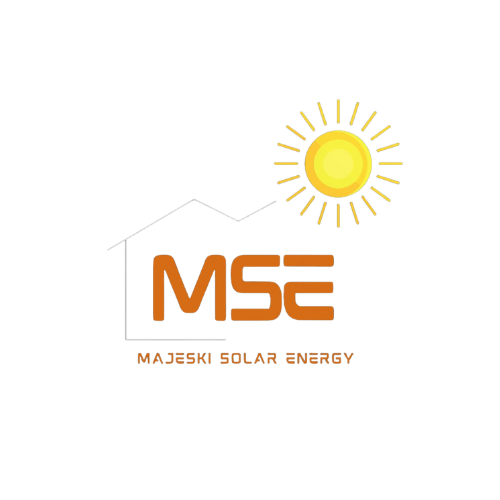
About Majeski
Majeski Solar is a Solar Installer company, and Top Tier Solar Installer in Washington D.C.
